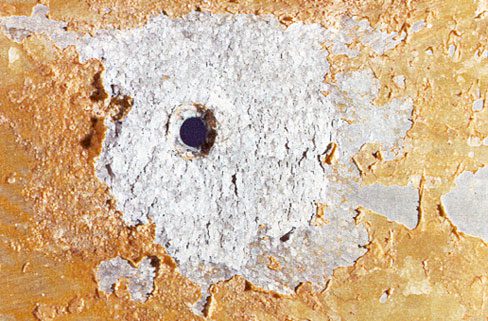Aluminium used in transport reduces the weight, fuel consumption and greenhouse gas emissions.
As well as direct weight reduction by material substitution, there are additional possibilities for component light-weighting. Aluminium-specific fabrication techniques, such as complex, multi-hollow extrusions or thin-walled, high-strength, vacuum die castings, enable new design solutions.
When Audi designed the A8 model, they had to choose between a steel body-in-white with a mass of 441 kg and an aluminium alternative of 247 kg. Once Audi decided in favour of the aluminium alternative, they could also realise additional weight-saving measures, e. g. a smaller engine or a smaller fuel tank would fulfil the given requirements for the car (acceleration, mileage per tank filling). Audi reported such “indirect” weight savings as 45 kg which is 23% of the direct weight savings of 194 kg. This means that the 247 kg aluminium body-in-white effectively reduces the car weight by 239 kg. Other vehicle studies suggest a secondary weight saving range of 50 – 100%.
The Jaguar XE brings new levels of aluminium-intensive lightweight construction and is projected to deliver fuel economy of over 75 mpg* (less than 4 litres/100 km) on EU combined cycle (*subject to certification). The XE uses aluminium-intensive monocoque which accounts for 75% of the vehicle’s structure. The reduction in weight ensures that the XE is the most fuel-efficient Jaguar yet with fuel consumption and CO2 emissions on the NEDC combined cycle of over 75 mpg and less than 100 g/km respectively. The Jaguar XE is also the first car in the world to make use of a new grade of high strength aluminium called RC 5754 which has been developed specifically for the XE. This new alloy features a high level of recycled material and makes a significant contribution to Jaguar’s goal of using 75% recycled material by 2020.
The broad range of reported secondary weight savings reflects varying degrees of system integration. It should be noted that not all secondary weight savings are immediately obtainable, since many components are often carried over from model to model. However, the auto industry actively pursues component optimization on a continuous basis and hence these components would eventually be constructed. Cutting edge developments in aluminium technology (new design concepts for optimised aluminium solutions, introduction of aluminium alloys with improved properties, better forming and joining technologies, etc.) will result in further weight reduction measures in the near future. Significant additional weight reduction potential is also envisaged by the application of advanced product forms including tailored blanks and roll formed profiles.

Aluminium – even unpainted and uncoated – resists corrosion by water and road salt and, in non-cosmetically critical parts, its use can avoid the substantial extra costs of galvanizing, coating and painting required for some competing materials. Aluminium does not rust if the paint is scratched or chipped. Nor is it weakened or embrittled by desert heat, northern cold, or the ultraviolet radiation in sunlight.